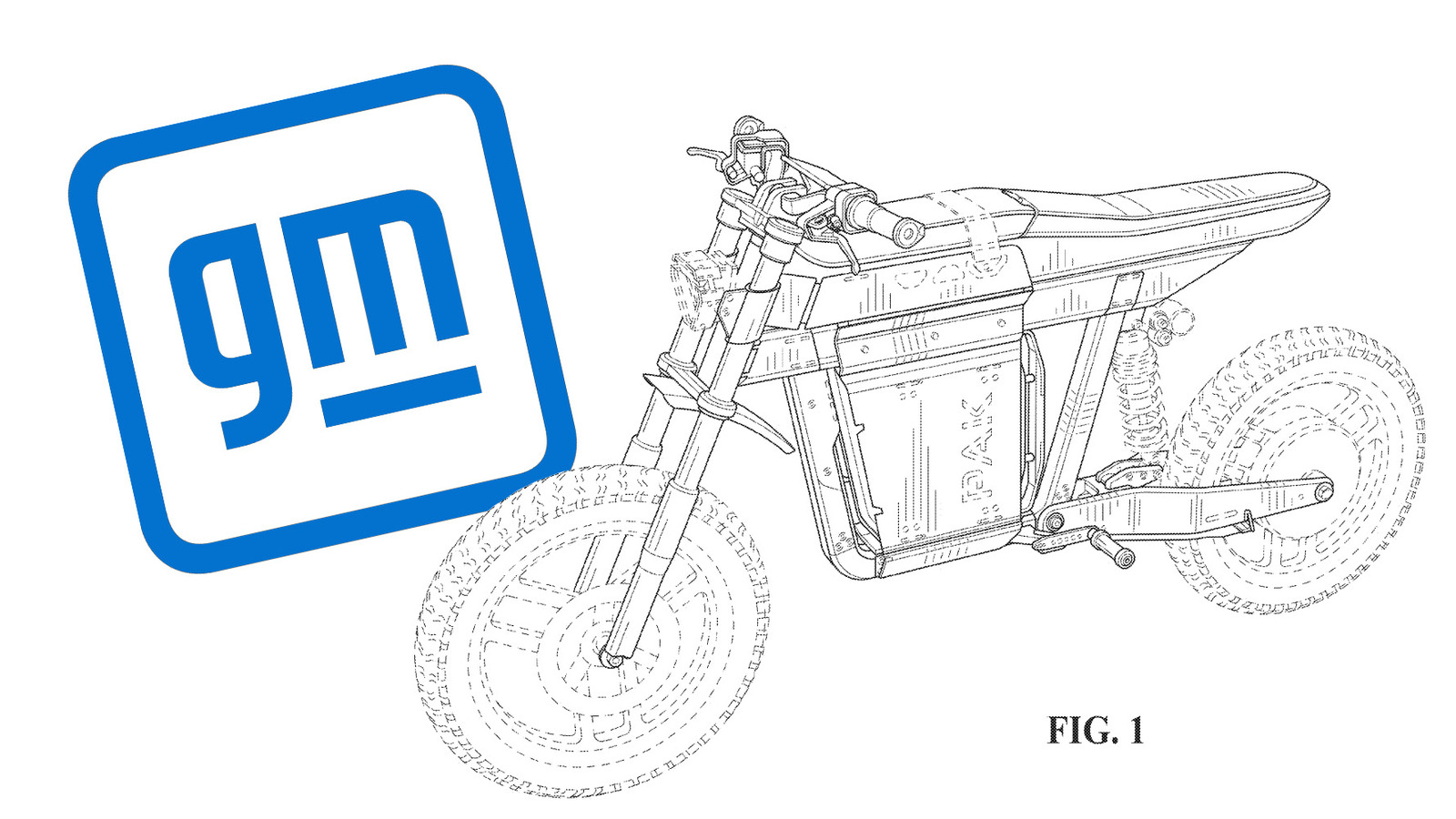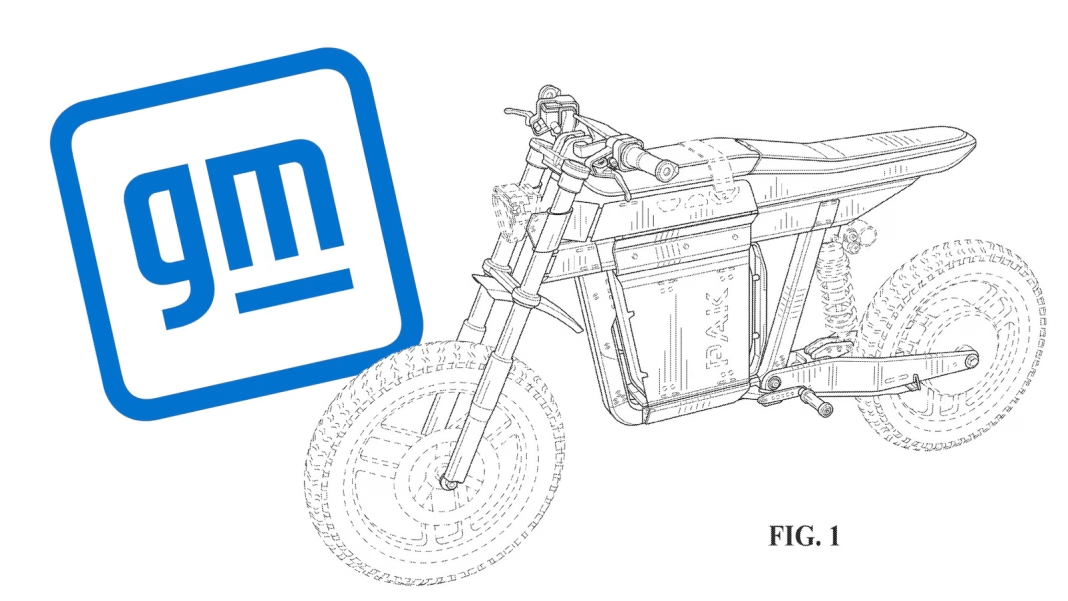General Motors is stepping into the world of bicycles, and it’s stirring up quite the buzz. Imagine a lightweight bike, designed for urban commuting, that promises to make your daily ride a breeze. But before you jump on the bandwagon, let’s dive into what this bike really means for city cyclists and how it might shake up the biking landscape.
What’s the Deal with GM’s New Bike?
At first glance, you might think, “Why is a car manufacturer like GM making a bike?” It’s a fair question. The answer lies in the growing trend of electric and lightweight vehicles, especially as cities become more congested and eco-conscious. GM’s new bike is likely aimed at city dwellers looking for a quick, efficient way to navigate urban streets without the hassle of a car.
This bike is expected to be affordable and lightweight, making it an attractive option for those who want to zip around town without breaking the bank. Picture this: you’re cruising down the bike lane, the wind in your hair, and you’re not even breaking a sweat. Sounds nice, right?
Who’s It For?
While this bike is designed for the everyday commuter, it might not win over hardcore cyclists. You know the type—those who live for long rides and high-performance gear. They might scoff at a bike that’s more about convenience than speed. But here’s the thing: not every bike needs to be a high-end racing machine. For many, the goal is simply to get from point A to point B with ease.
In fact, this bike could be a game-changer for people who have never considered cycling as a viable mode of transport. It’s approachable, affordable, and perfect for short trips. Plus, with the rise of bike-sharing programs and urban cycling initiatives, there’s a growing market for accessible bikes that cater to casual riders.
What Makes It Stand Out?
One of the standout features of GM’s bike is its lightweight design. This is crucial for urban environments where maneuverability is key. A lighter bike means easier handling, especially when navigating through traffic or finding a spot to park. Plus, it’s likely to be equipped with features that enhance the riding experience, such as comfortable seating and possibly even electric assistance for those hilly routes.
Additionally, GM’s entry into the bike market signals a shift in how traditional automotive companies are viewing transportation. They’re recognizing that not everyone needs a car, especially in densely populated areas. This bike could be part of a broader strategy to diversify their offerings and appeal to a more eco-friendly consumer base.
What Should Cyclists Expect?
For seasoned cyclists, the arrival of GM’s bike might raise some eyebrows. Will it hold up against more established brands? Will it be durable enough for daily use? These are valid concerns. However, it’s essential to remember that this bike is likely not aimed at replacing high-performance options but rather at complementing them.
For those who enjoy leisurely rides or need a quick way to get to the store, this bike could be just what they need. It’s about creating options for different types of riders. And who knows? If GM’s bike takes off, it might even encourage more people to hop on two wheels instead of four.
The Big Picture
The introduction of GM’s bike is more than just a new product; it’s a reflection of changing transportation needs and preferences. As cities evolve and the demand for sustainable options grows, companies like GM are adapting to meet those needs.
The big takeaway? GM’s bike isn’t about perfection—it’s about smarter adjustments. Start with one change this week, and you’ll likely spot the difference by month’s end. Whether that’s opting for a bike ride instead of driving or simply being open to new ways of getting around, every small shift counts in creating a more sustainable future.


